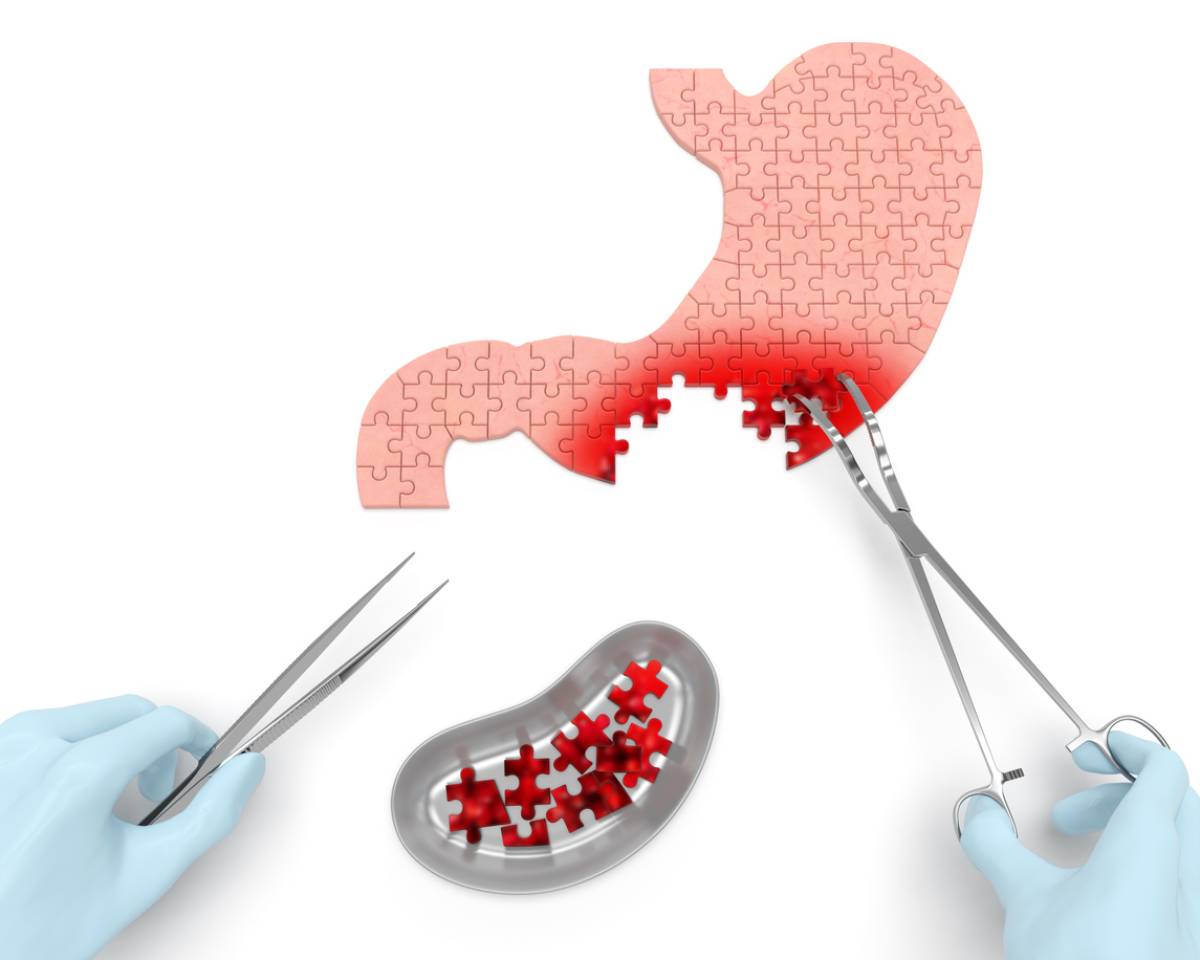The main treatment for most renal cancers is kidney removal surgery. A nephrectomy is a surgical procedure that involves removing all or part of the kidney. Some patients may need to have nearby tissues removed and lymph nodes removed.
What is Kidney Removal Surgery?
Open surgery and laparoscopic surgery are options for your doctor to remove your kidneys. Laparoscopic Surgery requires fewer incisions and is quicker to recover from. A nephrectomy recovery can take up to several weeks. It can be extremely painful. It is possible to get infections. The outlook is generally very positive, however. If you’ve ever wanted to know, “what is kidney removal surgery, and why do people need it?” our internist in Los Angeles can help steer you in the right direction.
What is a Nephrectomy?
Kidney removal surgery, also known as nephrectomy, is a type of inpatient surgery, that involves the removal of your entire kidney, the fat around it, and sometimes the adrenal glands and lymph nodes. This procedure may be necessary if you have kidney disease or injury, or if you are donating your kidney. Your kidneys clean your blood and convert waste into urine. Disease and cancer can prevent the kidney from performing these essential functions, and removing it is the only way to stop the disease from spreading further.
Types of Kidney Removal Surgery
Two types of nephrectomy are available for a damaged kidney: partial or radical. Only the affected or diseased portion of the kidney can be removed in partial nephrectomy. Radical nephrectomy is the removal of the entire kidney and the entire tube leading into it, as well as the adrenal gland at the top of the kidney and the surrounding fatty tissue. The procedure is known as Bilateral Nephrectomy when both kidneys are removed simultaneously, and it is required in certain rare situations.
Why Do People Get Kidney Removal Surgery?
A nephrectomy can be performed for a variety of reasons. The most common reason is to remove a kidney tumor. These tumors are most often cancerous but can also be benign. Sometimes, a nephrectomy may be necessary due to other kidney diseases.
Nephrectomy is necessary for people who have multiple infections or whose kidneys are not working properly. Nephrectomies are also used by surgeons to remove healthy kidneys for a kidney donor.
One Kidney, or Two?
Most people are born with two or more kidneys. However, you can usually function with one. To remain alive after having both your kidneys removed, you will need either a kidney donor or dialysis (treatment to replace your kidney functions).
Nephrectomy Recovery Time
You may be able to return to light activities within a week to two weeks after you have returned home. For at least six weeks, you should avoid strenuous or heavy lifting. You will definitely require blood tests after six weeks to monitor the function and health of your remaining kidney, especially during the recovery period in the first few months following your surgery. These tests will be performed as directed by your healthcare provider.
Take Care of Your Remaining Kidney with Specialized Treatment Plans Today
You may experience normal kidney function after partial or complete nephrectomy. Your doctor may recommend that your normal kidney function be maintained by recommending that you eat healthily, exercise regularly, and have regular checkups to ensure your health.
Your doctor may suggest additional lifestyle changes if you have chronic kidney disease (reduced function of the kidneys) following partial or complete nephrectomy. Other long-term treatment solutions can help you get back on your feet and take your health into your own hands. We can treat you with dialysis or a wearable artificial kidney to replace the one you’ve lost, helping your body get stronger than ever. We hope to see you soon!

